Protecting Your Medical Equipment During Power Outages: A Comprehensive Guide
For individuals and families relying on medical equipment, power outages can be more than just an inconvenience—they can be a serious concern. This comprehensive guide will help you protect your vital medical equipment and ensure continuous access to necessary care during power disruptions.
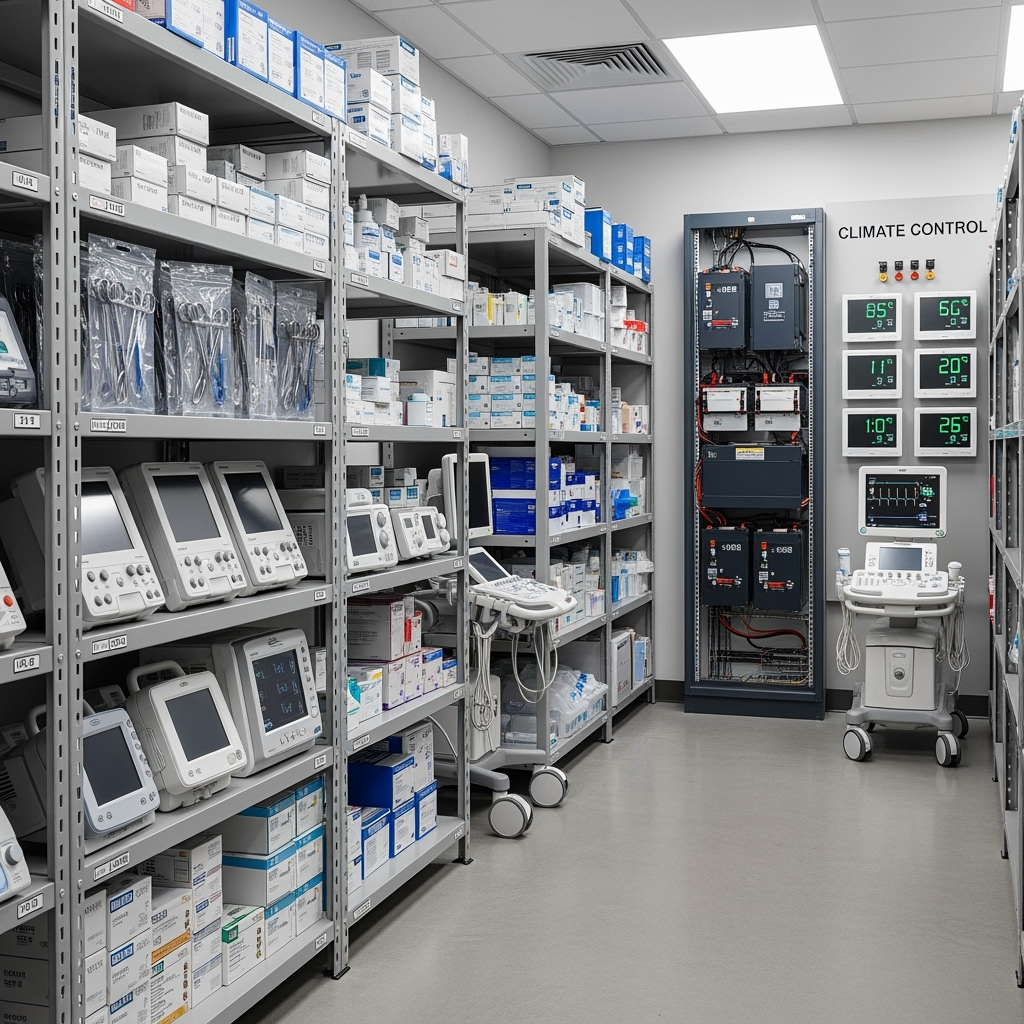
Understanding the Importance of Medical Equipment Storage Protection
Medical equipment often requires specific temperature and power conditions to function properly and maintain its integrity. From CPAP machines to medicine refrigerators, protecting these vital devices during power outages is crucial for maintaining health and safety.
Essential Components of a Power Protection Plan
1. Climate-Controlled Storage Solutions
– Temperature monitoring systems
– Humidity control measures
– Backup power for climate control systems
– Professional-grade storage units with emergency power
2. Power Backup Systems
– Uninterrupted Power Supply (UPS) systems
– Portable generators
– Battery backup solutions
– Solar power options for extended outages
3. Equipment Organization and Access
– Clear labeling systems
– Easy-access storage arrangements
– Emergency contact information
– Quick-reference guides for power restoration
Creating Your Medical Equipment Storage Strategy
Step 1: Equipment Assessment
Begin by creating a detailed inventory of your medical equipment, including:
– Power requirements
– Temperature sensitivity
– Battery backup capabilities
– Priority level during outages
Step 2: Storage Unit Selection
Choose a storage solution that offers:
– Reliable climate control
– Multiple power backup systems
– Easy accessibility
– Professional security measures
Step 3: Emergency Preparedness
Develop a comprehensive plan including:
– Regular equipment maintenance schedules
– Backup power testing procedures
– Emergency contact lists
– Evacuation protocols if needed
Best Practices for Ongoing Protection
Regular Maintenance
– Schedule monthly equipment checks
– Test backup power systems regularly
– Update emergency contact information
– Review and update storage arrangements
Documentation and Records
Maintain detailed records of:
– Equipment serial numbers
– Maintenance history
– Power requirements
– Emergency procedures
Professional Storage Solutions
Consider working with professional storage facilities that offer:
– 24/7 monitoring systems
– Advanced climate control
– Multiple backup power sources
– Experienced staff support
Emergency Action Plan Development
Key Components:
– Primary and backup power sources
– Equipment prioritization list
– Emergency contact information
– Evacuation procedures
– Alternative care facilities
Final Tips for Success
Remember these essential guidelines:
– Keep emergency supplies readily available
– Maintain clear access to all equipment
– Review and update plans regularly
– Stay connected with your healthcare providers
– Consider backup facility options
Conclusion
Protecting your medical equipment during power outages requires careful planning and the right storage solutions. By following this guide and working with professional storage providers, you can ensure your vital medical equipment remains safe and accessible when you need it most.
Contact Public Storage today to learn more about our climate-controlled storage solutions designed specifically for medical equipment protection.



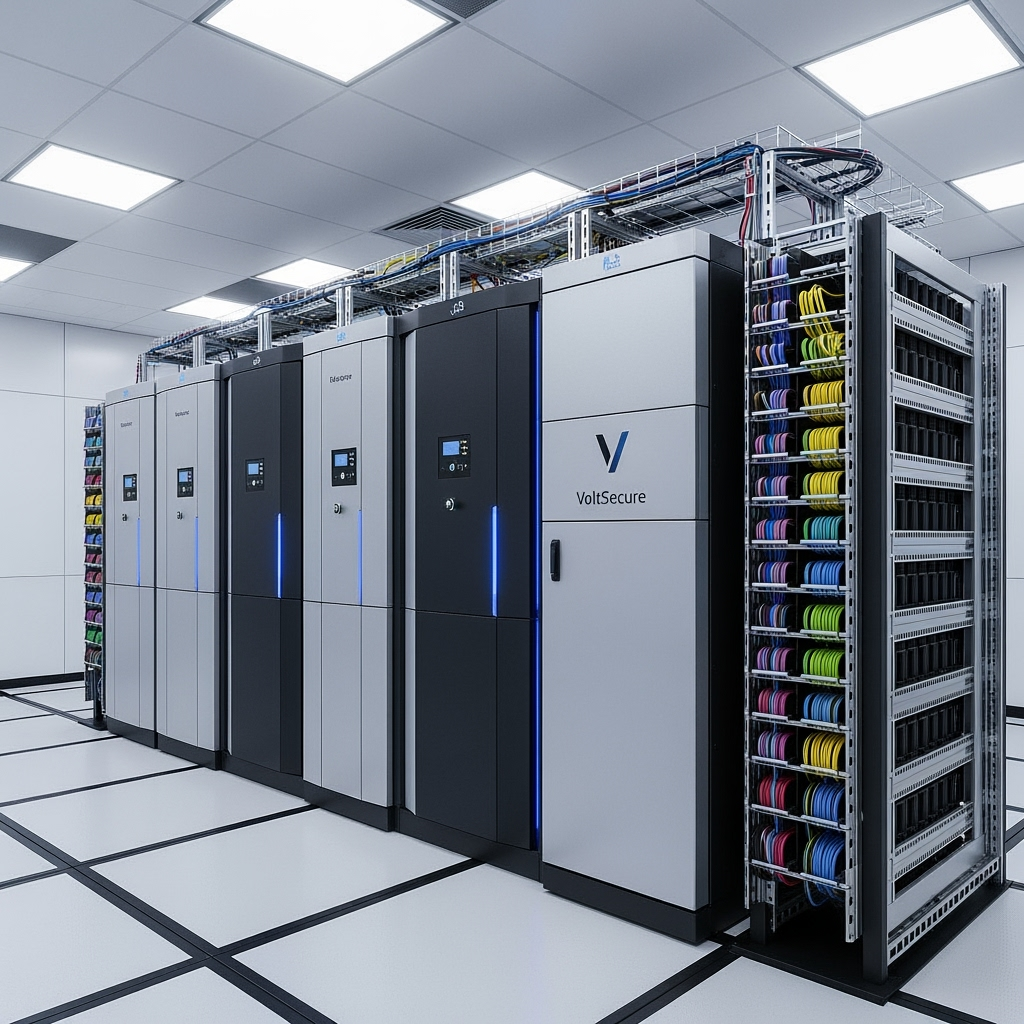

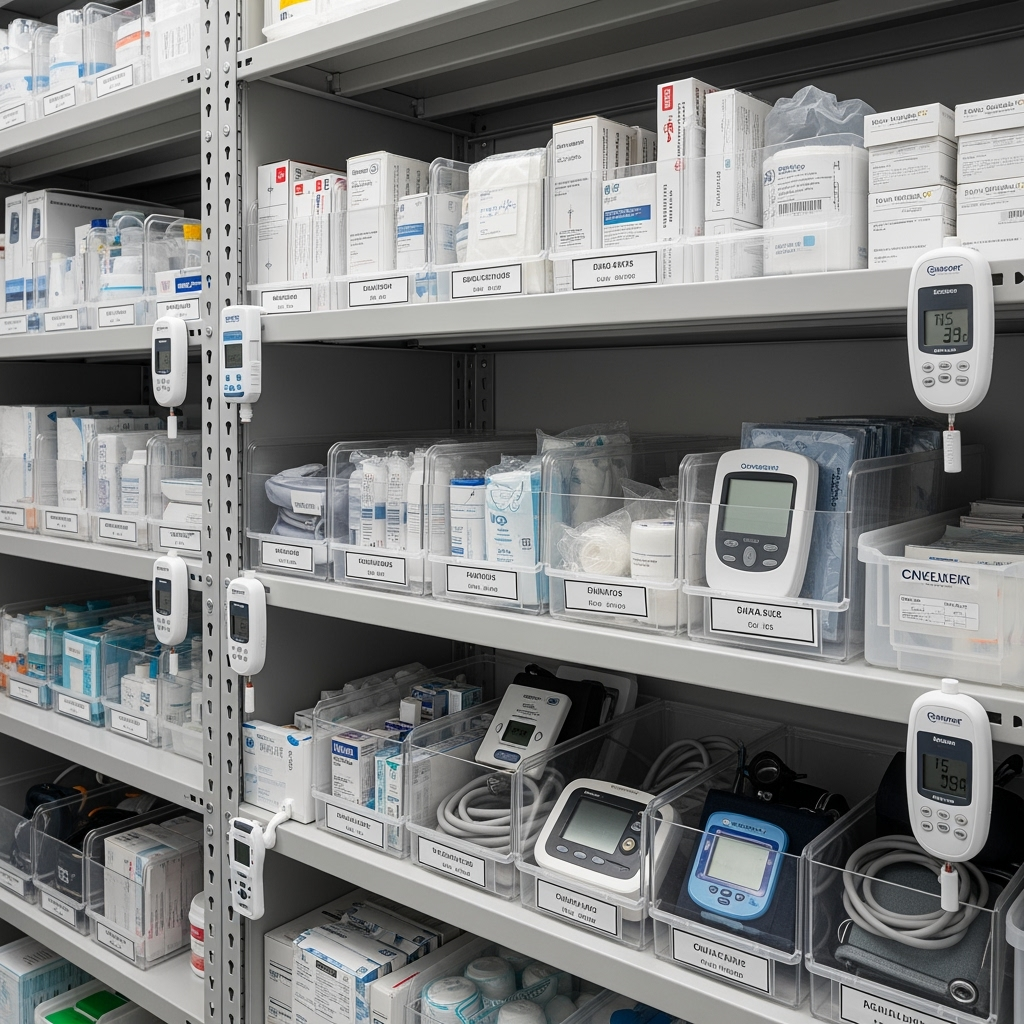
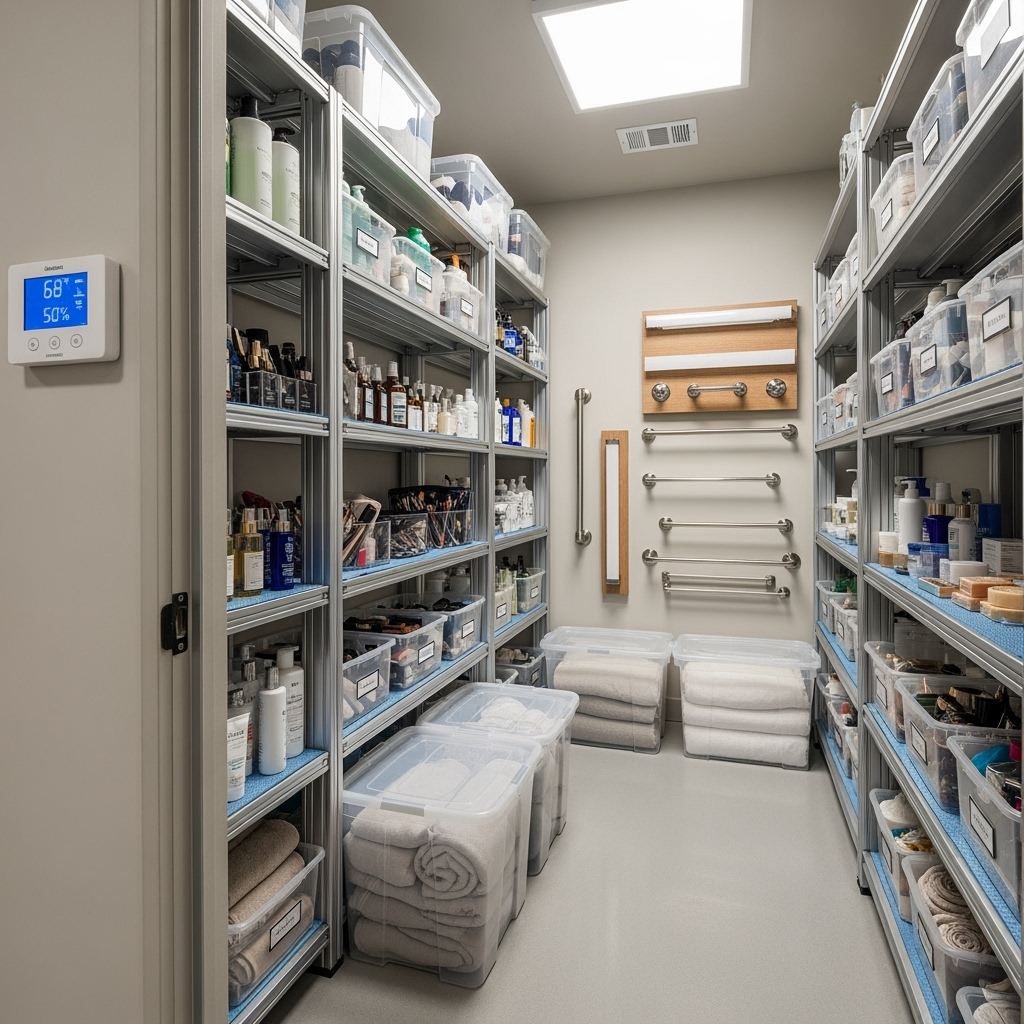
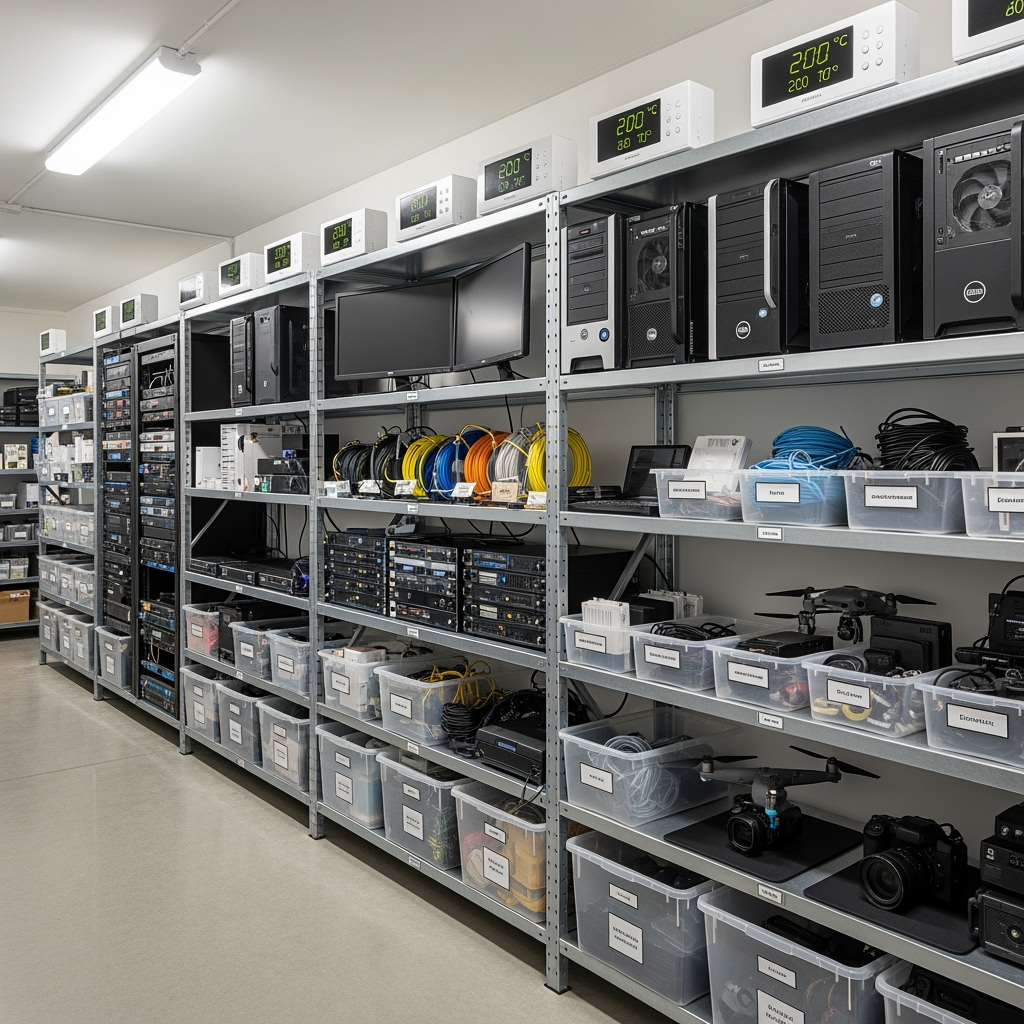
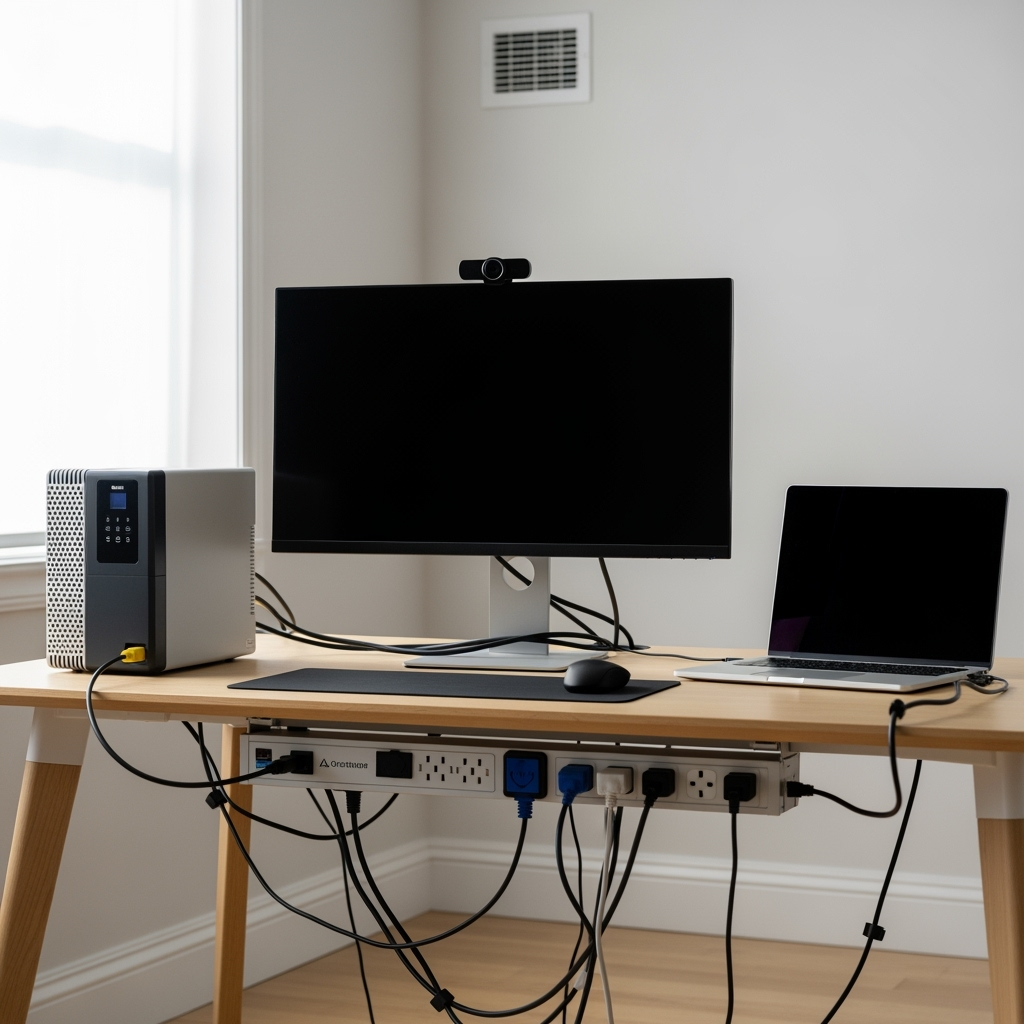
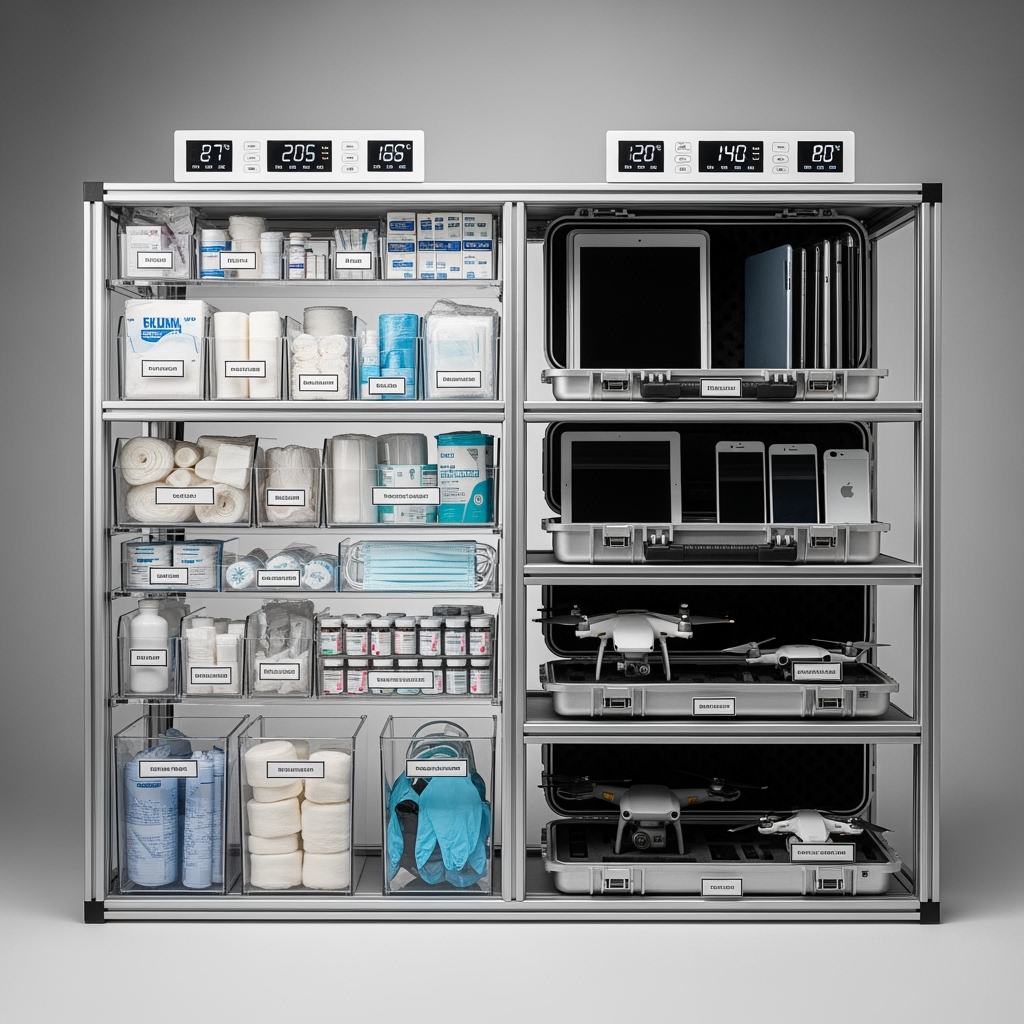
Leave a Reply